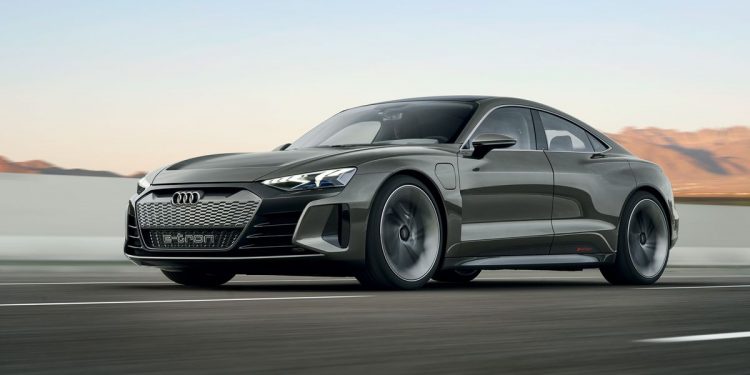New York: Drivers of expensive cars like the BMW and Audi are least likely to stop for crossing pedestrians, according to a new study.
Published in the Journal of Transport and Health, the study from the University of Nevada, Las Vegas (UNLV) found that people who drive fancier vehicles are less likely to share the road with other users and empathise less with pedestrians.
Drivers on a whole aren’t all that great at stopping for pedestrians waiting at crosswalks: Of 461 cars that researchers examined, only 28 per cent yielded, the researchers said.
But the cost of the car was a significant predictor of driver yielding, with the odds that they’ll stop decreasing by three per cent per $1,000 increase in the car’s value, they added.
“It says that pedestrians are facing some challenges when it comes to safety, and it’s really concerning,” said study lead author Courtney Coughenour, Professor at UNLV.
“Drivers need to be made aware that they legally have to yield. It’s hard to say whether they’re not yielding because they don’t know the laws or because they don’t want to yield, further study is needed to examine that. Until then, the bigger thing is driver education,” Coughenour added.
The study, which analysed video data from an earlier UNLV study, also found that motorists overall yielded less frequently for men and people of color waiting at mid-block crosswalks than for women and whites.
It is also consistent with findings from similar studies on the topics of driver yielding behaviours associated with social class, race, and gender.
According to the AAA Foundation for Traffic Safety in the US, the average risk of severe injury for a pedestrian struck by a vehicle reaches 10 per cent at an impact speed of 16 mph, 25 per cent at 23 mph, 50 per cent at 31 mph, 75 per cent at 39 mph, and 90 percent at 46 mph.
The research team said their findings are important to public health, given that pedestrian injury and survivability are low even when struck at low speeds.
The University of Nevada, Las Vegas is a public land-grant research university in Nevada. The 332-acre campus is a public institution that was founded in 1957.
IANS






































